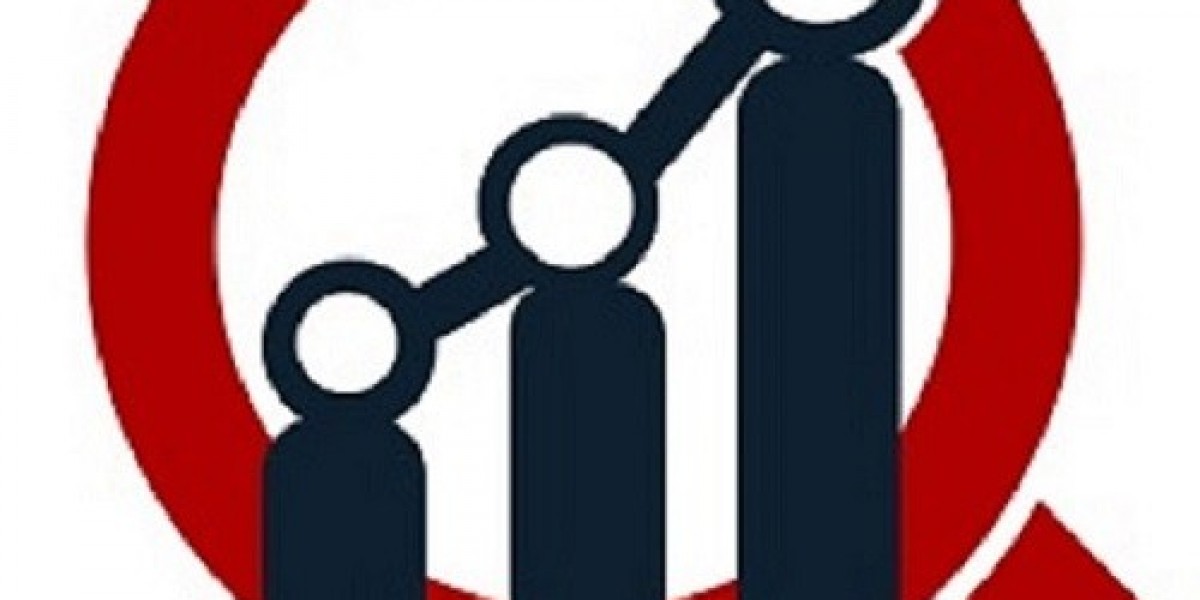In many high-risk workplaces—such as factories, oil refineries, chemical plants, and power stations—Permit to Work (PTW) systems are essential. These permits allow dangerous tasks like hot work, confined space entry, and energy isolation to be done safely. However, a major weak spot in these systems is the handover of permits during shift change.
When handovers are poorly managed, the consequences can be severe—ranging from unsafe conditions to serious injuries or even fatalities.
Why Permit Handover Is a Critical Step
During a shift change, responsibilities move from one team to another. If a task is ongoing—like maintenance in a hazardous area—a live permit might still be open.
Now imagine the new team arrives:
They weren’t part of the toolbox talk.
They don’t know the energy sources involved.
They assume everything is safe.
That’s when things go wrong.
If you're someone involved in safety management, investing in formal training is always a smart move. In Pakistan, many safety professionals begin their journey with globally recognized qualifications like NEBOSH. Understanding NEBOSH course fees in Pakistan can help you make informed decisions about upskilling and becoming a certified safety expert.
A Real-Life Incident
At a fertilizer plant near Faisalabad, an evening shift started welding in a tank. The permit had been issued on the morning shift, but during handover, no one mentioned the presence of residual ammonia. The result? Several workers inhaled toxic fumes, leading to hospitalizations. Investigation showed the handover was verbal—no written or signed confirmation.
This case highlights just how crucial a structured and detailed permit handover process really is.
Step 1: Understand What the Permit Covers
The new shift must first read and understand the active permit. This includes:
The type of work authorized (e.g., electrical, confined space)
The specific location and scope
Associated hazards
Control measures already taken
Isolation steps performed (if any)
This avoids assumptions and ensures the new team knows exactly what they’re walking into.
Step 2: Confirm the Status of the Job
The permit should reflect the current stage of the work:
Is the task completed or ongoing?
Are all control measures still in place?
Has the area remained secure during the shift transition?
A reliable PTW system must have a clear update field showing what has been done and what remains.
Step 3: Involve Both Outgoing and Incoming Supervisors
A best-practice handover involves:
The outgoing supervisor explaining the status of permits
A walkthrough of the job site together
Reviewing hazard controls
Signing off on the permit handover jointly
This avoids misunderstandings and helps build a culture of shared responsibility.
Step 4: Re-brief the Incoming Team
Even though the task has already started, the new shift must be briefed as if it’s a fresh start.
This includes:
Hazards involved
Control measures in place
Emergency procedures
Communication protocols
The new team must be as informed as the previous team—without shortcuts.
Step 5: Verify Energy Isolation (If Required)
If the task involves lockout/tagout (LOTO) or any form of hazardous energy control, verify:
Locks are still in place
Tags are legible and current
Isolation points have not been disturbed
Equipment is still safe to work on
This double-check ensures the physical safeguards match the paperwork.
Step 6: Ensure Documentation is Updated and Signed
A reliable PTW system will include:
A space to record shift handovers
Signatures of outgoing and incoming responsible persons
Time and date stamps
Observations or special instructions
This not only protects the workers but also supports compliance with audits and investigations.
Step 7: Consider Environmental or Task Changes
Sometimes, the work environment changes between shifts:
Ventilation may weaken overnight
Lighting conditions may be poor
Rain or wind may introduce new hazards
If changes affect safety, the permit must be updated, or in some cases, reissued entirely.
Step 8: Watch for Common Errors in Handover
Some typical issues include:
Verbal-only handovers with no documentation
Permit left on a clipboard with no context
Team unaware the permit is still active
Isolation removed by mistake
Confusion between multiple active permits
Being aware of these common problems can help teams stay alert and correct gaps quickly.
Step 9: Conduct a Short Safety Talk with the New Team
Use this moment to reinforce key points:
“Here’s the task, here’s what’s already done, here’s what we need to finish—and here are the risks.”
Encourage the team to ask questions. Better to pause for clarity than rush into danger.
Step 10: Audit and Review the Handover Process
Good handovers don’t happen by accident. They come from:
Structured procedures
Consistent follow-ups
Random audits by safety officers
Feedback from workers about gaps or confusion
Audit findings should be shared in toolbox talks or team briefings. When workers see the system working, trust increases.
Benefits of a Proper Permit Handover
When handovers are done properly, you’ll notice:
Fewer incidents caused by miscommunication
Better task ownership across shifts
More confidence among workers
Improved audit results and legal compliance
A stronger safety culture overall
Remember, a permit is not just paper—it’s protection.
Read more about NEBOSH course duration and fees in Pakistan to begin your journey toward mastering safety systems like PTW and permit handovers.
Conclusion
So, what could go wrong during a permit handover at shift change?
The answer is: a lot—if you’re not careful. From missed hazard updates to removed isolations, each misstep opens the door to risk. However, by following a step-by-step process, encouraging clear communication, and verifying the safety controls in place, you can prevent those dangers.
To make your permit system truly work, treat every shift change like the start of a new job. Train your teams, standardize the documentation, and make safety a conversation—not just a form.
In the end, it's not just about finishing the job—it's about making sure everyone goes home safe.








